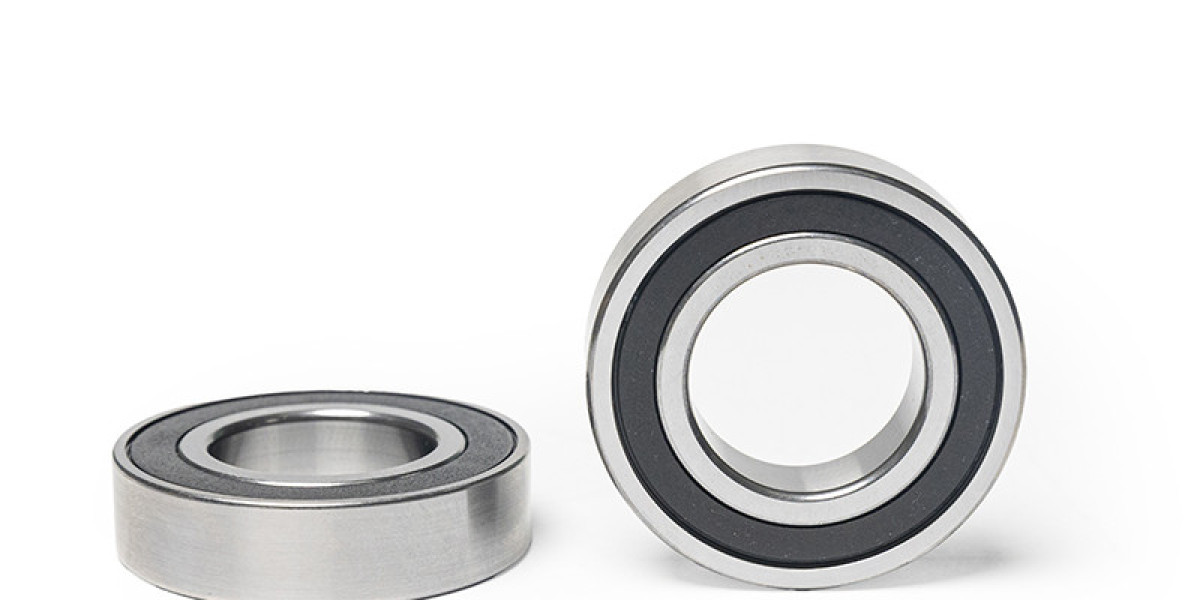In the rapidly evolving world of industrial automation, speed, accuracy, and durability are everything. Whether it’s in automotive manufacturing, electronics assembly, or warehouse automation, robotic arms have become essential to keeping modern production lines moving efficiently. But at the heart of every high-performing robotic arm lies a critical component often overlooked—robot arm bearings.
These specialized bearings are the unsung heroes behind the smooth, precise, and repeatable movements of robotic joints. Without them, the fluid motion, load-handling capacity, and long-term durability of a robot arm would not be possible.
The Role of Robot Arm Bearings in Industrial Applications
Robot arms simulate human arm movements to carry out tasks like welding, painting, packaging, and material handling. These machines demand high levels of precision and flexibility, especially when working in tight spaces or on complex tasks. That’s where robot arm bearings come in.
Designed specifically for robotic joints, these bearings support both radial and axial loads, often under high-speed and high-frequency operation. Unlike standard bearings, robot arm bearings are engineered to handle continuous motion without degradation, offering low friction, minimal play, and high stiffness—qualities that directly impact the performance and lifespan of robotic systems.
Key Features That Set Robot Arm Bearings Apart
Compact Design
Space is a premium in robotic systems. Robot arm bearings are built with slim profiles and compact dimensions to fit into tight configurations without sacrificing load capacity.High Rigidity
Precision tasks demand zero tolerance for play. These bearings are designed with maximum stiffness to maintain exact positioning, even under heavy loads or rapid movements.Long Service Life
In industrial settings, downtime equals lost revenue. Bearings for robot arms are manufactured with high-grade materials and coatings to ensure extended operational life and reduced maintenance intervals.Smooth Operation
The need for fast and precise motion requires bearings that run with minimal friction. This improves energy efficiency while reducing noise and vibration.
Industries That Rely on Robot Arm Bearings
Many sectors are now dependent on automation, and robot arm bearings play a crucial role across the board:
Automotive Industry: Robotic arms perform high-speed welding, assembly, and painting.
Electronics: Delicate assembly processes demand micro-level precision.
Medical Device Manufacturing: Cleanroom-compatible robot arms must maintain absolute accuracy.
Logistics and Warehousing: Robots sort and transport goods with speed and reliability.
Each application demands bearings that are not only reliable but tailored to the performance needs of that specific environment.
Invest in Quality Robot Arm Bearings for Superior Results
As automation becomes the backbone of modern industry, the importance of using high-quality robot arm components cannot be overstated. The bearings inside these robotic systems determine how efficiently and precisely your machines can operate.
Choosing the right robot arm bearings means fewer breakdowns, higher productivity, and smoother operation. It’s an investment in long-term performance, and it directly influences the success of your automation goals.






